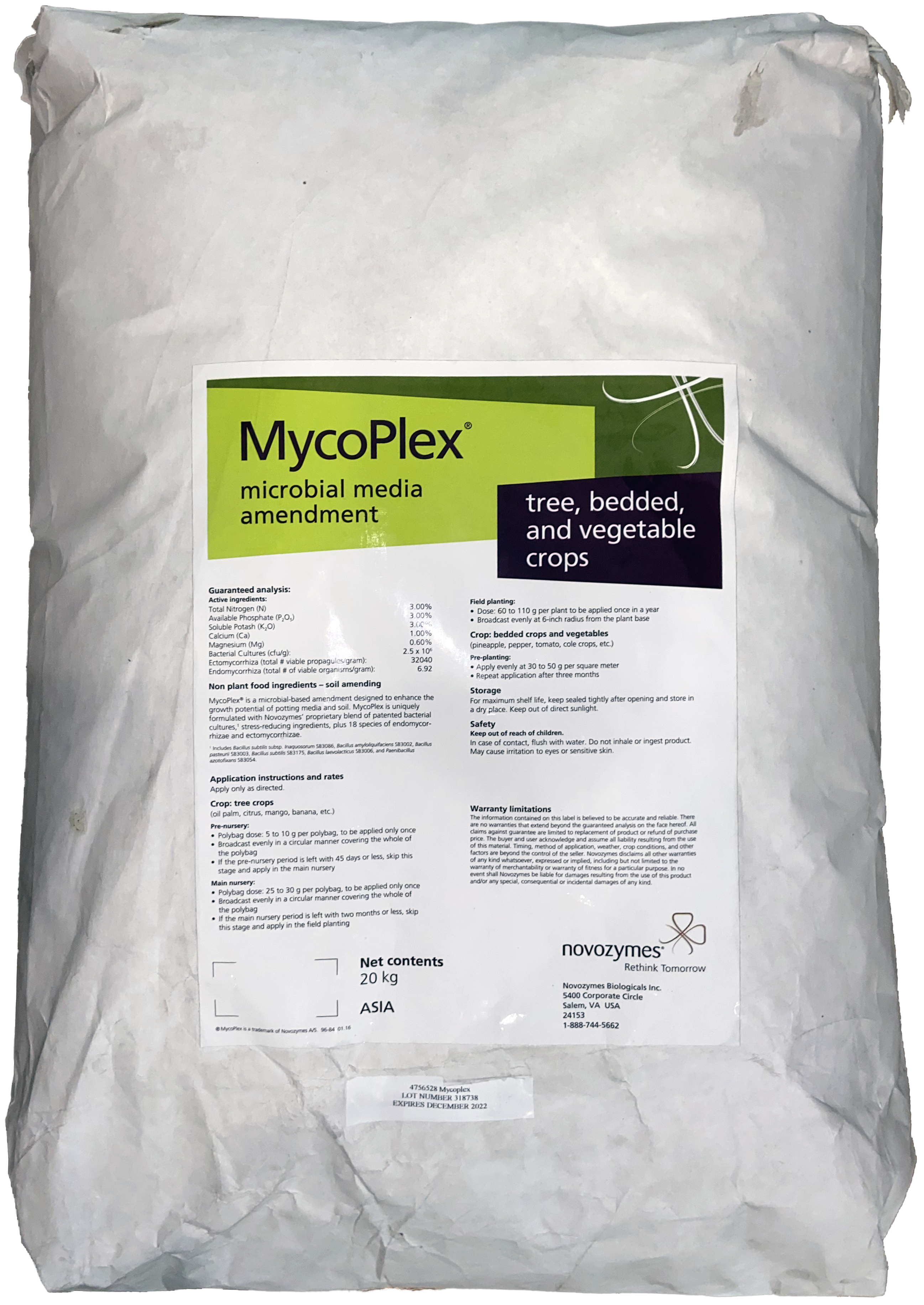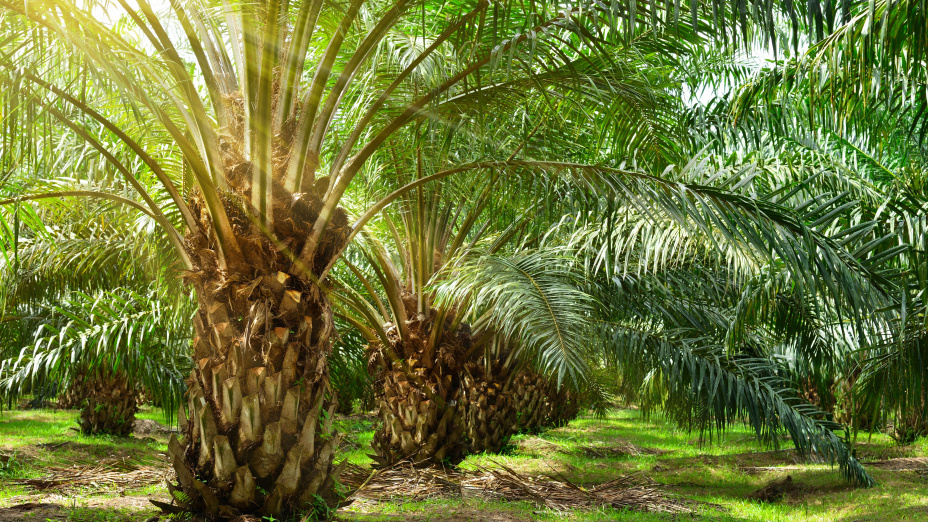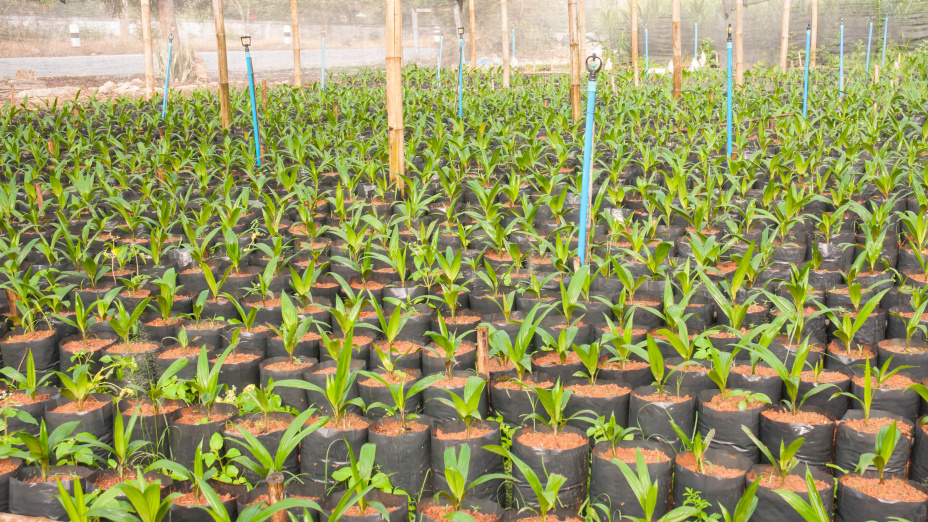A better bottom line for growers

As pressure to avoid deforestation rises, palm oil growers can no longer increase revenue through expansion. That makes them especially vulnerable to any rise in the prices of essential inputs. Growers are looking for innovative ways to optimize costs. Biotechnology is a promising option, offering the potential to reduce chemical fertilizer use and shorten costly nursery periods.
The pressure to end or significantly reduce expansion of oil palm plantations is rising. Malaysia has set a cap of 6.5 million hectares on cultivation. The country is fast reaching its limit, with 5.9 million hectares under cultivation in 2019. In Singapore, three major banks have a “no deforestation” policy. This prevents them knowingly financing activities that result in deforestation. As consumer awareness of deforestation grows, pressure from buyers is also increasing. From Nestle’s satellite monitoring of its global palm oil supply chains to Mars’ Palm Positive Plan, FMCG companies are demanding deforestation-free supply chains. The result for most oil palm growers is that it’s no longer possible to increase revenue by planting new acres.
The benefits of biotechnology for agriculture
With no option to expand and in the face of recent fertilizer price shocks, oil palm producers are feeling the squeeze on their bottom line. They’re under intense pressure to find novel ways to cut their costs. Biotechnology is one way for growers to become more cost-effective. By unlocking the power of biological systems, it leads to a range of benefits in agriculture. Biofertilizers play a key role in driving these benefits. They use bacteria, fungi, and other microorganisms to increase the accessibility of plant nutrients from the soils. As chemical fertilizer prices show no sign of dropping, their potential to enable reductions in these inputs is especially relevant.
MycoPlex® - developed specifically for oil palm
MycoPlex® is a biofertilizer developed to help provide oil palm plants with essential nutrients. It incorporates naturally-derived mycorrhiza, patented bacterial cultures, humic acid and kelp extract. It also contains Nitrogen (N), phosphorus (P), and potassium (K) at levels of 3% each. The blend of enzymes and endo- and ecto-mycorrhiza in MycoPlex® enable better nutrient and water uptake. MycoPlex® is associated with markedly improved nutrient use efficiency for N, P, K, Mg (Magnesium), Cu (Copper) and Zn (Zinc).


Reduce immature palm fertilizer needs by up to 25%
Improving nutrient uptake is an essential part of any strategy to reduce fertilizer needs. By helping plants make the most of available nutrients in this way, MycoPlex® can reduce immature palm fertilizer needs by up to 25%. That helps insulate growers from fertilizer price shocks and relieves the pressure on their bottom line.

Shorten nursery time by up to four months
Another key cost driver for oil palm plantations is how long seedlings spend in the nursery. There are many reports of mycorrhiza enhancing the growth rate of oil palm seedlings. The unique formulation of MycoPlex® has been developed with active ingredients that enhance the known efficacy of mycorrhiza. Their combined action can cut the costly nursery period by up to four months. That increases the annual capacity of the nursery by allowing for more cycles each year. Shorter nursery times also leads to reductions in production inputs including labor, water, fertilizer and insecticides. All these reductions lower costs to boost growers’ bottom line.
Ready to boost your bottom line?
Ready to boost your bottom line?
Find out how MycoPlex® could help you optimize your costs.